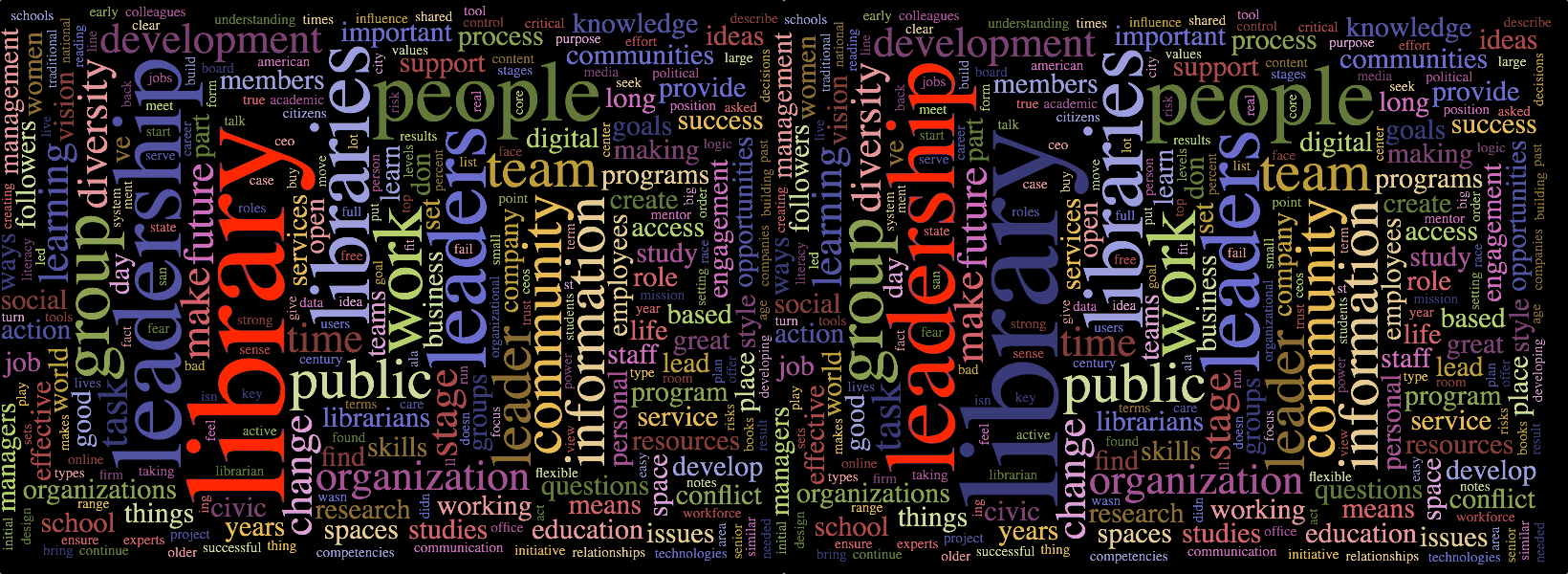Marketing is not about being heard and understood. Marketing is about asking, listening and understanding.
Look at the job descriptions for marketing positions at many libraries and you will see requirements for experience with social media, press releases, and brochure, poster and signage design. Unfortunately, that is not marketing. Those activities are for creative design and outreach professionals, not marketers.
Libraries already do a good deal of casual marketing. For example, they talk to their patrons regularly and they have all kinds of data on how many times patrons checked out any given book over any time frame you can imagine. Unfortunately, information collected this way is difficult to analyze systematically and much of it cannot readily be shared with others for action. It’s also limited to people who are already visiting the library regularly, often leaving out over 50% of the community.
Using only those sources, a library has trouble answering the following questions:
-
- Who in the community is not coming to the library? And why?
- How do different groups in the community go about finding information instead of coming to the library?
- Which media are most effective in reaching current – and potential – patrons?
- If the library had x-number of people turn out for an event, is that a good result or a terrible result?
Marketing is the tool libraries use to discover stuff they don’t know. This “stuff” includes patrons that the librarians have never met, needs and interests of current patrons that the patrons have never talked about, and the answers to the question: Why do some members of the community never in their entire lives walk through the doors of a library? In addition, marketing can provide insights (other than instinct) in how to effectively resolve those questions.
Finally, marketing spots trends and changes in behavior before they catch the library by surprise.
Marketing means understanding patrons first, so the library can build collections and design services that meet the needs and interests of the patrons. And then, last but not least, marketing allows libraries to reach out to patrons effectively to tell them how the library meets their needs and satisfies their interests so they will come to the library.
Marketing identifies possibilities so librarians can turn them into realities.
Before any of those creative and outreach projects described in the job description at the beginning of this post can be completed successfully, libraries need to learn a good deal about their current patrons and the people in the community who do not yet visit the library regularly but should.
